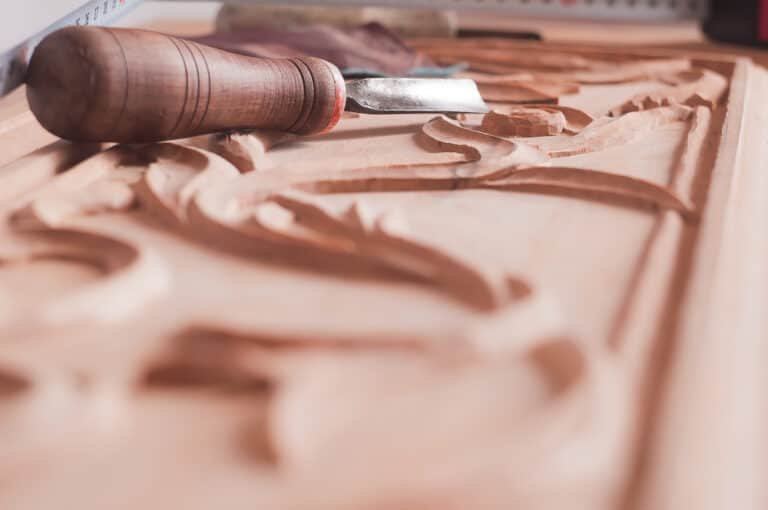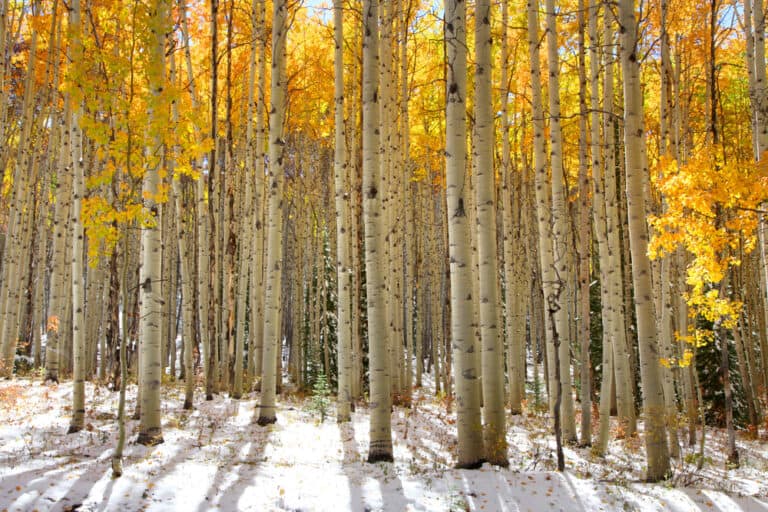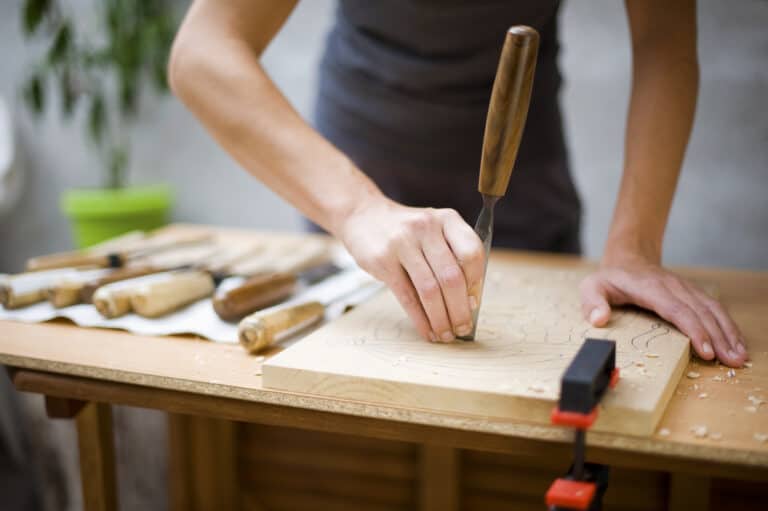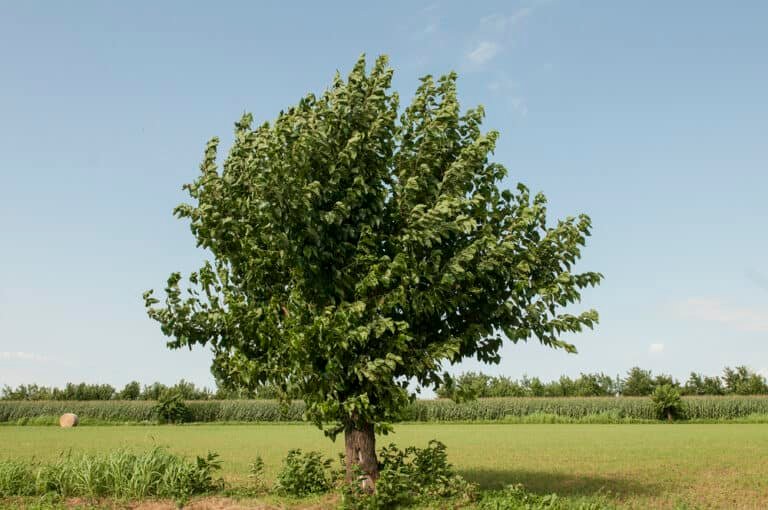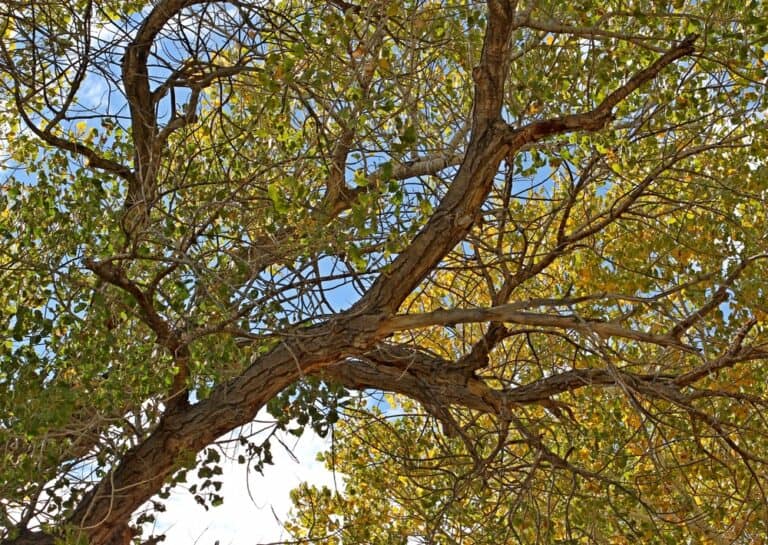
Welcome, fellow wood whittlers and carving enthusiasts! Get your tools sharpened and your spirits fired up as we learn all about carving with butternut.
It’s time we unveil the magic that hides within the soft, coarse-grained beauty of this ‘White Walnut’. Versatile, approachable, and with a tale as rich as its warm hues, butternut is the unsung hero of the carving realm.
Whether you’re a seasoned carver or a novice just chiseling your way into the craft, butternut wood could be your game-changer. So tighten your grip, steady your hands, and get ready to transform this humble wood into your next masterpiece.
Is Butternut Good for Carving?
Yes, butternut wood is an excellent choice for carving due to its softness and beautiful grain pattern. Unlike basswood, it holds details better and has a more attractive grain figure.
Not only does butternut’s soft texture make it easy to carve, but it also ensures a smooth finish when routed. The wood’s rough texture helps adhesives stay in place and maintain a strong bond. This makes gluing butternut a breeze.
The light-yellow color and striking natural grain pattern of butternut wood give it an advantage for carving projects intended to be works of art or focal points around the home.
Butternut is a versatile, visually appealing, and easy-to-carve wood that’s perfect for both beginners and experienced carvers. So, the next time you plan a carving project, consider using butternut to achieve stunning results.
Advantages
Easy to Work With
Butternut wood is quite soft, making it easy to work with, especially for beginners. Its softness allows for smooth cuts and less resistance when carving. You’ll appreciate the ease of working with this type of wood as you develop your carving skills.
Fairly Stable
The stability of butternut provides a solid foundation for carving projects. This means you won’t have to worry about excessive warping or movement as you create your masterpiece. Its stability also ensures your carving will last for years to come.
Beautiful Natural Color
Butternut ranges from blonde to gold in color, giving your carving project a striking appearance. This beautiful light-yellow color and the wood’s attractive grain pattern create a visually appealing piece of art that you can proudly display in your home.
Straight Grain
The straight grain of butternut makes it simple to make cuts, and it holds details well. It has a better grain figure than basswood, allowing for more intricate designs and patterns in your carving. You’ll love working with this consistent grain pattern as you bring your vision to life.
Disadvantages
Softness
Butternut wood is relatively soft compared to other hardwoods, making it more challenging to work with. When carving, you might find that your tools leave fuzzy surfaces after planing or sanding. To overcome this issue, it is recommended to use sharp cutters and fine-grit sandpaper.
Insect Damage
Your butternut wood may have been attacked by insects, leaving wormholes and other signs of damage. While some carvers might use this damage as a feature, you should be aware of this aspect when selecting butternut wood for your projects. You can either embrace the unique character of the wood or avoid using pieces with excessive damage.
Tearing and Fuzziness
When working with butternut, the soft fibers on the surface can sometimes tear or become “fuzzy” without warning, especially during surface planing or edge routing. Dealing with these torn fibers can be difficult, as they might need to be peeled away, leaving an unsightly appearance on the finished piece. Be cautious with your tools to minimize this issue and avoid excessive force when carving.
Limited Availability and Size
Finding butternut wood in larger dimensions might be difficult due to the lack of clear logs. Often, the available stock comes in smaller widths and lengths, limiting your project choices. Additionally, butternut wood can be more expensive than other options, costing around $3 per board foot for select and better grades.
Incompatibility with Delicate Details
Butternut wood may not be the best choice if your carving project involves fine and delicate details. The grain and softness of this wood can cause intricate details to get lost or become indistinct. Instead, you might consider using another type of wood for more precise detailing projects.
Tips for Carving Butternut
Choose the Right Tools
Use sharp tools like gouges, chisels, and knives to get the best results. This soft, lightweight wood can be easily worked with, but keeping your tools in top shape will ensure cleaner cuts and precise details.
Follow the Grain
Butternut wood is known for its striking natural grain pattern, which can significantly enhance the appearance of your carving. Try to follow the direction of the grain while cutting. This will make your work easier and let the wood’s beauty shine through.
Keep the Wood Moist
While carving, it’s recommended to lightly spray the butternut wood with a 50/50 mixture of water and rubbing alcohol. This helps soften the wood, making it easier to carve. Remember to reapply when needed and to dry off your tools after use to prevent rusting.
Gluing and Bonding
Butternut works well with various adhesives. When it’s time to bond pieces together, you’ll have no difficulty in creating a strong and secure connection. The wood’s rough texture helps retain adhesives and maintain a strong bond.
Finishing Your Carving
An oil finish on butternut is a good choice, as it enhances its natural color and grain. Film finishes should be avoided, as they can look bad unless the grain is filled, which adds complexity and a more formal appearance.
Remember to practice, have fun, and enjoy the process of carving this beautiful and versatile wood!
Project Ideas
Butternut wood is popular for various carving projects due to its softness and beautiful grain. Here are some project ideas to try with this versatile wood:
Whittling Figurines
Your artistic side can benefit from whittling small figurines from butternut. This wood is ideal for hand carving, and your creations can be finished with just a clear coat of poly to showcase the wood’s natural beauty.
Chip Carving
Consider trying chip carving for intricate designs and patterns. The wood’s softness makes it a great choice for this type of carving, so let your creativity flow while working on ornate boxes, decorative panels, or trivets.
Carving Spoons
Butternut wood can also be used to carve functional items like spoons. Because of its softness, it’s easy to work with hand tools, and you can complete a spoon carving project in no time. You’ll need the following tools:
- A hook knife
- Sloyd knife
- Pencil or marker
- Wood finish
- 120, 200, and 400-grit sandpaper
Simply sketch the design onto the wood, then roughly shape the spoon before refining it with your knives. Sand and finish as desired.
Segmented Hollow Form Bowls
Another idea is to create segmented hollow-form bowls. This project involves cutting and gluing different wood pieces together in a pattern and then turning the resulting form on a lathe to shape the bowl. The softness and grain of butternut make it perfect for this type of project, resulting in a gorgeous and functional piece.
These are just a few ideas to get you started. Remember always to prioritize safety and use proper technique. Good luck and have fun!
Is Butternut a Hardwood or Softwood?
Butternut, also known as White Walnut, can be classified as a soft hardwood due to its properties. Although it’s part of the hardwood family, alongside species like oak and maple, butternut has distinctive characteristics that make it better suited to carving and woodworking projects. The following factors explain why butternut is viewed as a soft hardwood:
- Workability: You’ll find that butternut is easily worked with both hand and machine tools. However, its softness can cause fuzzy surfaces after planing or sanding. To combat this, it is recommended to use sharp cutters and fine-grit sandpaper.
- Carving Potential: Butternut is an excellent choice for carvers and whittlers alike. It retains details better than basswood, another popular wood for carving. Despite being a harder wood than basswood, butternut’s attractive grain figure also adds to its appeal in woodworking projects.
- Finishing: Butternut glues, stains, and finishes well, which makes it suitable for projects requiring a polished final look. However, when sanding, it’s important to use fine-grit sandpaper (above 150 grit) to avoid damaging the soft fibers.
